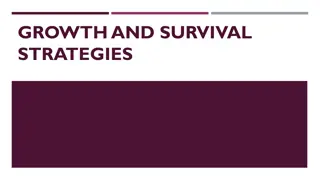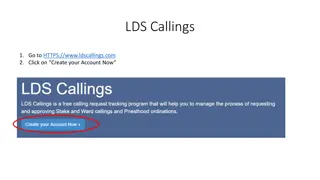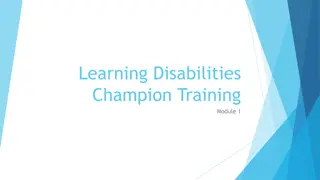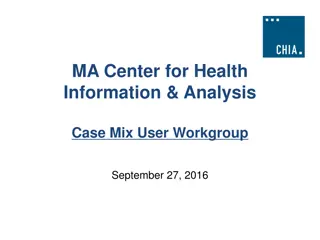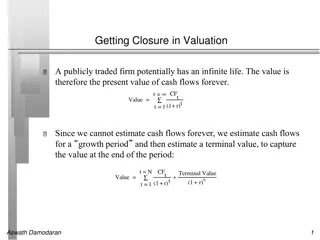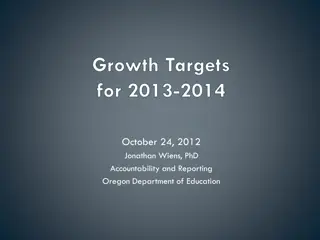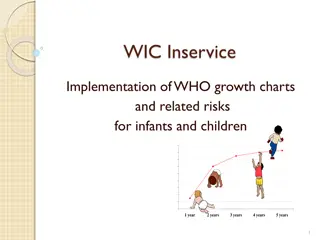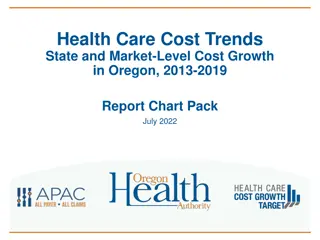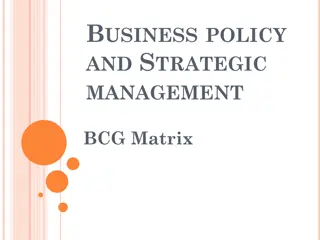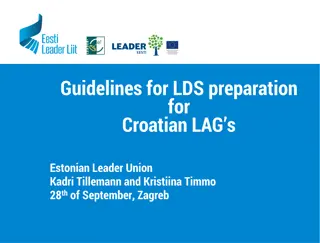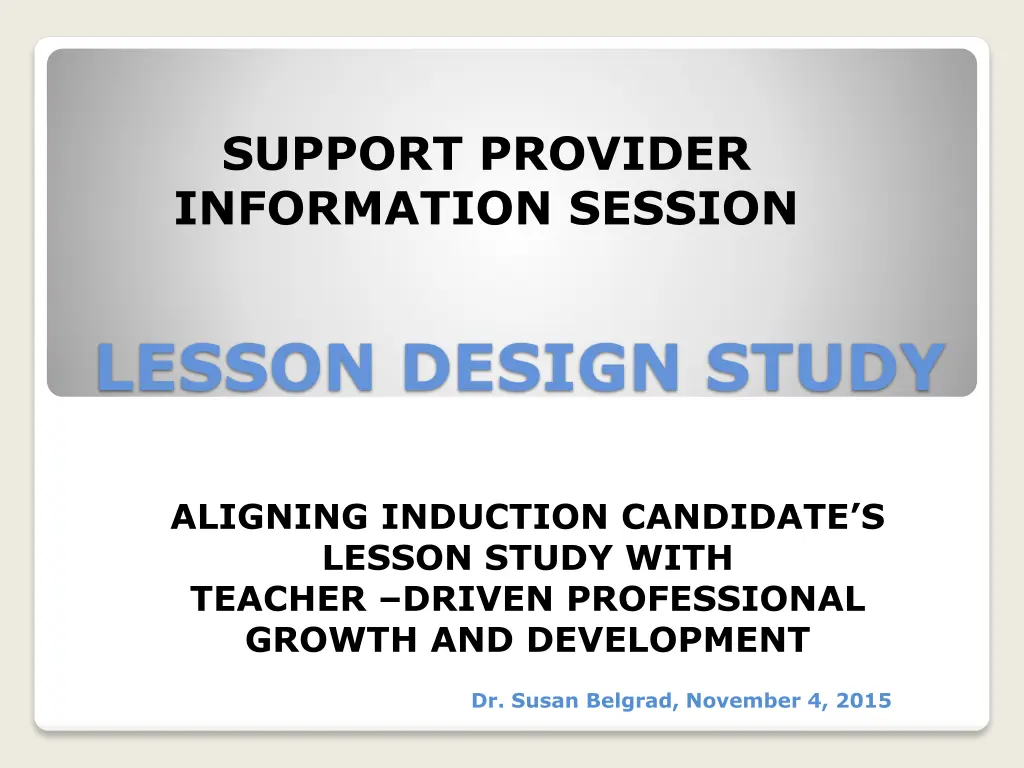
Enhancing Teacher Development Through Lesson Design Study
Explore the importance of lesson design study in aligning induction candidates' growth with professional development goals. Dr. Susan Belgrad sheds light on creating a system for continuous teaching improvement and the potential benefits of collaborative reflection and targeted professional development.
Download Presentation

Please find below an Image/Link to download the presentation.
The content on the website is provided AS IS for your information and personal use only. It may not be sold, licensed, or shared on other websites without obtaining consent from the author. If you encounter any issues during the download, it is possible that the publisher has removed the file from their server.
You are allowed to download the files provided on this website for personal or commercial use, subject to the condition that they are used lawfully. All files are the property of their respective owners.
The content on the website is provided AS IS for your information and personal use only. It may not be sold, licensed, or shared on other websites without obtaining consent from the author.
E N D
Presentation Transcript
SUPPORT PROVIDER INFORMATION SESSION LESSON DESIGN STUDY ALIGNING INDUCTION CANDIDATE S LESSON STUDY WITH TEACHER DRIVEN PROFESSIONAL GROWTH AND DEVELOPMENT Dr. Susan Belgrad, November 4, 2015
With Fewer New Teachers, Why Do Some Stick Around? NPR ED http://www.npr.org/sections/ed/ 2015/03/21/393344523/with- fewer-new-teachers-why-do- some-stick-around
Teacher Evaluation Current Reality From C. Danielson Webinar Series Dr. Susan Belgrad California State University Northridge
Lesson Study Desired Result Dr. Susan Belgrad California State University Northridge From C. Danielson Webinar Series
So why does lesson design study bridge our professional stages of growth and development? It responds to the following concerns about promoting a highly-effective teaching workforce. Dr. Susan Belgrad, November 4, 2015
Heres What We Know about the Importance of Effective Teaching Student achievement will not improve unless teaching improves. Teachers working alone without feedback will not be able to improve no matter how much professional development they receive. The challenge is to create a system of continuous improvement of instruction, supervision and instructional leadership Collaboration/Supervision needs to be frequent and focused on the teacher s goals for improvement of instruction. Marzano Evaluation Model Dr. Susan Belgrad Cal State University Northridge
Lesson Design Studys Potential Communicates the common language of teaching efficiently Facilitates the observation and feedback cycle. Promotes teacher reflection and collaboration. Offers targeted & aligned professional development Provides conditions for deliberate practice Connects growth, development and performance management for the individual practitioner. Marzano Causal Teacher Evaluation Model MarzanoEvaluation.com Dr. Susan Belgrad Cal State University Northridge
So where do you begin the lesson design study process with your Induction Teacher? Take a look at the FACT Organizer on the next slide. Dr. Susan Belgrad, November 4, 2015
Assessment of Teaching and Learning Connect Teacher Prep with Induction Experiences In the next week you will assist your Candidate with the FACT B-Series Forms as shown in the next slides.
K-W-O Chart (B-2) DIRECTIONS: Candidate determines a specific area of focus for the support provider s observation. Reflects on current practice and indicate: What I know about my instructional practice What I want to know about my instructional practice What I would like my support provider to observe
Initial Classroom/Assignment Observation (B-3) Collection of Evidence: California Standards for the Teaching Profession See FACT User s Guide 2: Creating and Maintaining Effective Environments for Student Learning 1: Engaging and Supporting All Students in Learning 3: Understanding and Organizing Subject Matter for Student Learning 4: Planning Instruction and Designing Learning Experiences for All Students 5: Assessing Students for Learning 6: Developing as a Professional Educator
Post-Observation Reflection (B-4) DIRECTIONS: With your support provider, use evidence from the observation to capture key insights about your teaching. Post-Observation Key Insights: Key evidence shared after observation Insights
Research tells us that the role of the teacher is the single greatest factor on student learning.(Sanders & Horn, 1998) . Research also tells that one of the greatest factors central office [administrators] can contribute is to maintain a singular focus on improving instruction. (Marzano and Waters, 2009) Research tells us that an improved focus on teacher evaluation and professional development will improve retention of teachers S.M. Johnson, J.H. Berg, M.L. Donaldson. (2005). Dr. Susan Belgrad California State University Northridge
Next You will guide your Candidate into Lesson Study as Inquiry into Teaching and Learning See FACT User s Guide Individual Induction Plan C-1 (pp.39-44) Lesson Study that includes C-2-C-5(pp.45-50) Action Research on Target Student Learning C-6-C-8 (pp 54-55) LAUSD TEACHERS: SEE NEXT SLIDE Dr. Susan Belgrad California State University Northridge
LAUSD Faculty Individual Induction Plan See FACT User s Guide C-1 (pp.39-44) LAUSD New Teacher Guide LAUSD Teaching and Learning Framework Lesson Study Template (LAUSD) Dr. Susan Belgrad California State University Northridge
The Final Form is the D-1 Conversation to Promote Reflection on Teaching and Learning
Culminating Questions and Reflections Guide (D-1) Yourself What were your growth goals? How would you measure your progress toward meeting those goals? Your students What did you learn about your students needs? What did you learn about differentiating instruction? What did your student assessments tell you about your teaching? Evidence Reflect on evidence collected during the three modules (Context for Teaching and Learning, Assessment of Teaching and Learning, and Inquiry into Teaching and Learning) in the following areas: Focus students State-adopted Content and Common Core Standards Instructional strategies Assessments
References Danielson, C. (2007) Handbook on the Framework for Professional Development. Arlington VA: ASCD. Marzano , R. and Waters, T. (2009) District Leadership That Works: Striking the Right Balance. Bloomington, IN: Solution Tree. NPR-ED. 2015 http://www.npr.org/sections/ed/2015/03/21/393344523/with-fewer- new-teachers-why-do-some-stick-around Sanders, W.L. & Horn, S.P. (1998). Research Findings from the Tennessee Value-Added Assessment System (TVAAS) Database: Implications for Educational Evaluation and Research. Journal of Personnel Evaluation in Education,12(3),247-256. SandersW. L, (2004) A summary of conclusions drawn from longitudinal analysis of student achievement data over the past 22 years. Paper presented to Governors Education Symposium, Ashville, NC.http://www.sas.com/govedu/edu/hunt_summary.pdf S.M. Johnson, J.H. Berg, M.L. Donaldson. (2005, January). Who Stays in Teaching and Why: A Review of the Literature on Teacher Retention. The Project on the Next Generation of Teachers, Harvard Graduate School of Education. http://assets.aarp.org/www.aarp.org_/articles/NRTA/Harvard_report.pdf Dr. Susan Belgrad California State University Northridge

